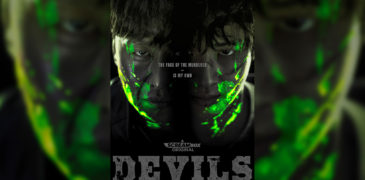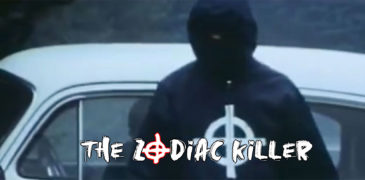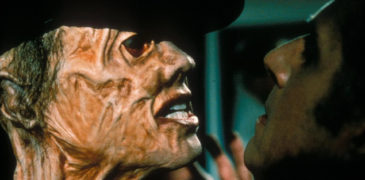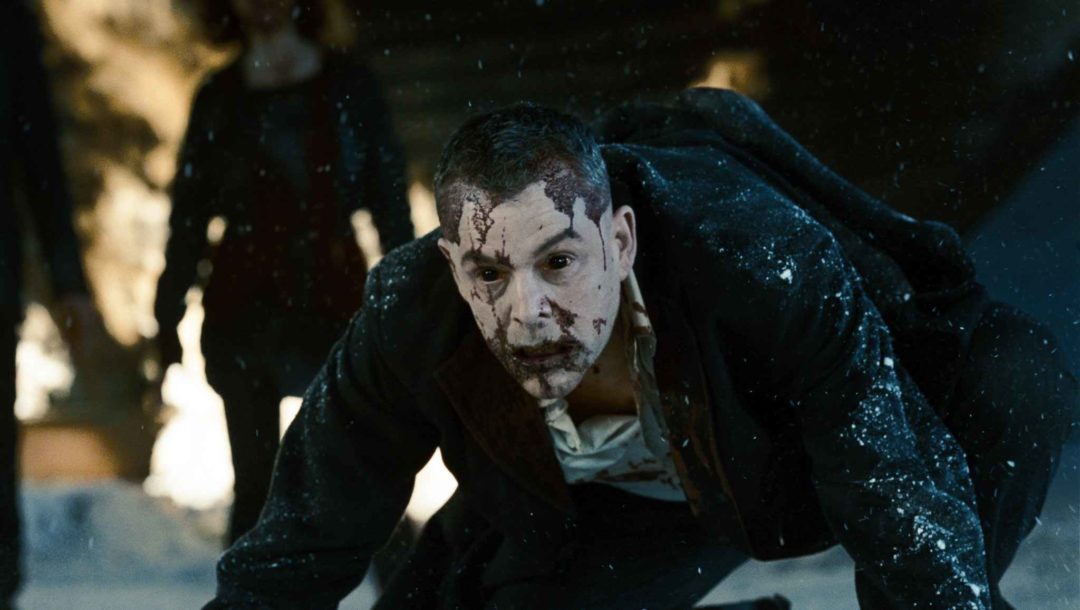
30 Days of Night, David Slade’s second offering in a diverging filmography, manifests itself as a stimulating spin for survival film junkies and vampire lore hounds. Notwithstanding falling short of connecting its characters to the viewers and leaving several holes unattended, it still has neat touches that would delight even modern viewers who are desensitized by monster romanticism.
The premise of the film already promises an assuring thrill. A ruthless gang of vampires keen on an unending escapade of carnage invade a small, isolated, Alaskan community that is plunged into darkness every year for a 30 polar night when the sun sets below the horizon. Behind the carnage is a team of survivors led by the husband-and-wife Sheriff team of the little town whose goal is to last the hellish sunless nights. While based on the comic book miniseries of the same name, audiences should not feel compelled to read the source material first as the film proves itself self-sufficient and fitted of narrating the story on its own.
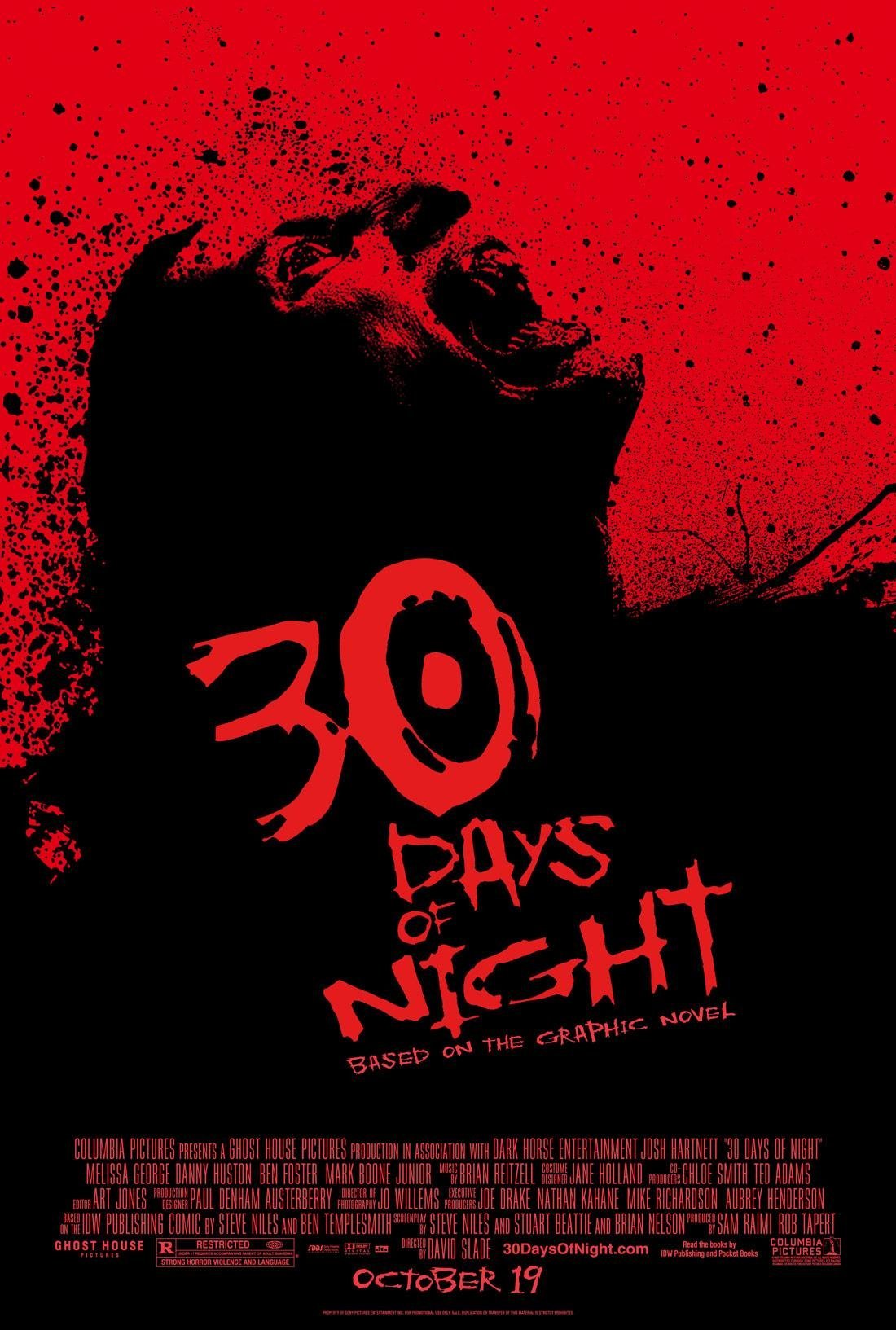
The most conspicuous potency of the film is that it does not shy away from giving us an ample amount of admirably shot scenes. The film does not only venture into its frightening exploits to tell its story, but it exerts a great deal of effort in setting the mood through the conscious use of the camera. Aside from its thriving attempt to establish the town’s isolation and the cold and dreary ambiance of the forthcoming sunless month, the assaults of the vampires are also well photographed. There is a particular scene where the camera roams above the besieged town, and it perfectly captured the bloodshed on the snow and helplessness of the ravished citizens.
Another striking element of the film is the vampires. Unlike the glamorized versions of the monsters we’ve become preoccupied with, vampires in this film are generally bloodthirsty monstrosities driven by their pure savagery. The film deconstructs the commonplace portrayal of vampires as high-toned beings living sophisticated lives. The designs of the monsters are stuff nightmares are made of, as they do not shapeshift and don’t undergo metamorphosis to turn into their monstrous facades. Aside from their awful make-up, their way of drinking blood also veers from the usual stylish trope as they viciously quench on human blood and pulls off the head of their victims afterward. Stripping all their classy clichés constitutes another level of anxiety for the citizens of the town.
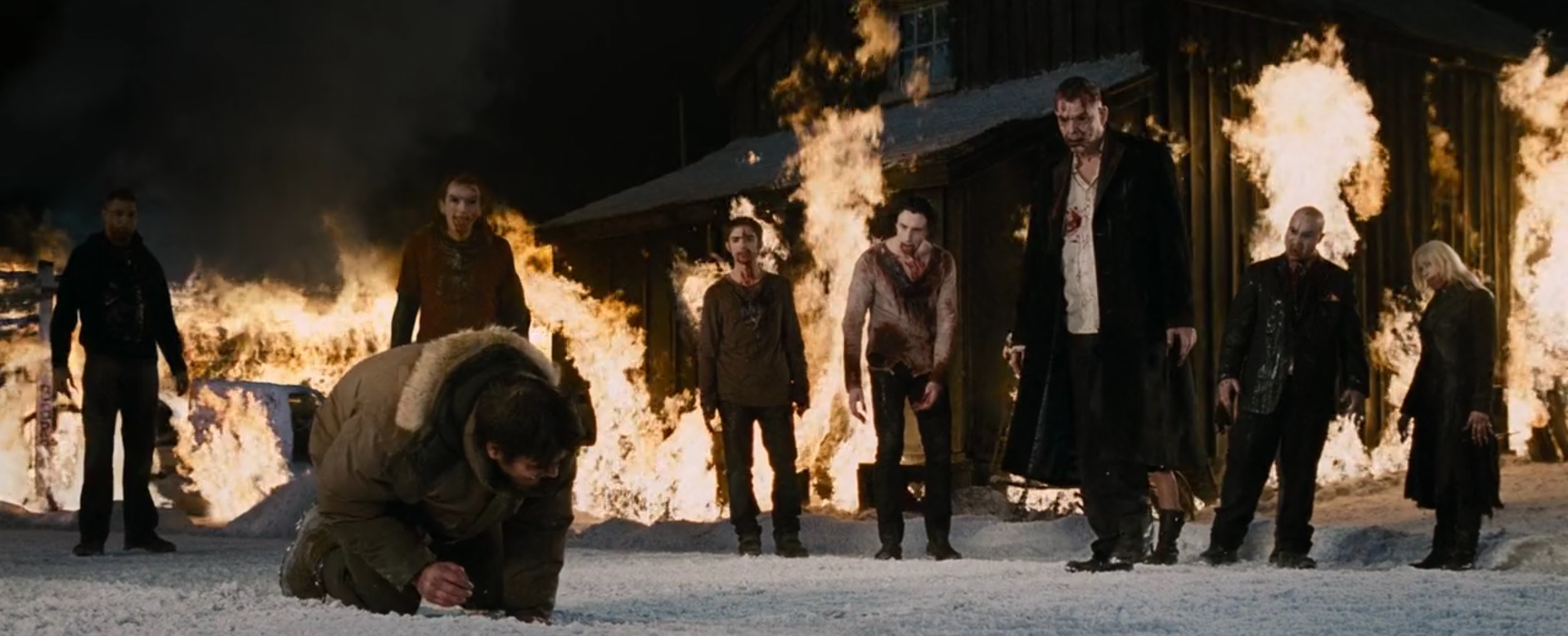
Several performances really supplement vigor to the whole story. One of the most obvious is Ben Foster’s eerie stranger. He exhudes a certain air of mystery that fuels the looming threat to the protagonists. His significant feat in the film is how he transitions from a weird and nihilistic outsider to a pitiful person. His short-lived appearance gives more emotional attachment to the viewers than the rest of the cast. Danny Huston is also a force to be reckoned with, as he induces an overwhelming attitude even though his lines are brief and minimal. His on-screen charisma utterly encapsulates the ambiance of a vampire’s head, who should assert much more dominance and fright than his subordinates. John Hartnett and Melissa George also spark interest as they both share dynamic intimacy fitting for their roles as husband and wife and, at the same time, capture the appeal of trusted authorities of the town.
As much as we like to indulge ourselves in its upheld potentiality, there lie some apparent gaps that really impeded the smooth sailing horror of the film. Most notorious is its failure to connect with the viewers. Although it establishes itself as a survival film and imposes a promising premise, it failed to cover one of the cores of survival films, which is the emotion we invest in the survivors. The film had a lot of room to cover their stories, given its deliberate runtime and pacing, but it failed to deliver. It took a ton of blows in creating a common ground between the viewers and the characters as it disappoints in giving the survivors sufficient background accounts which we can associate or latch on to. That is why there exists little to no affliction towards the deceased as their deaths feel like mere circumstances to move the story forward.
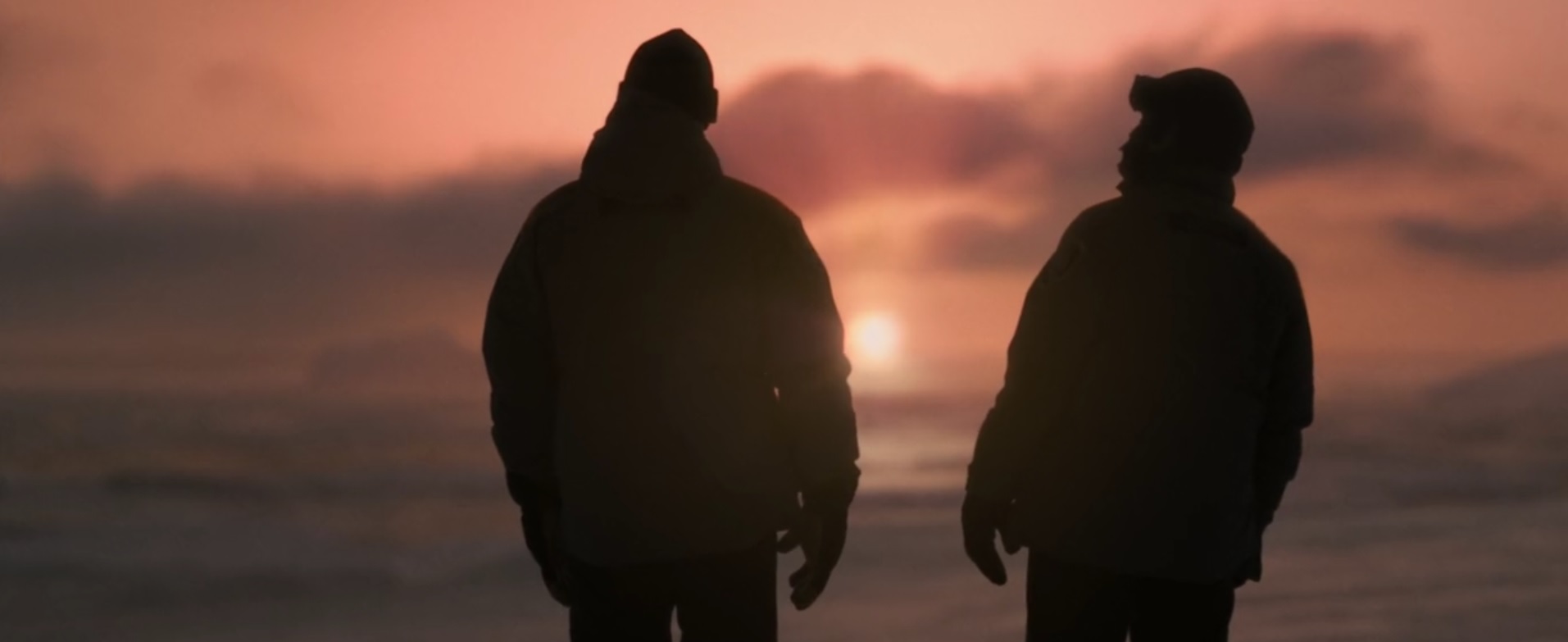
Another irking part from the characters is the separation of the husband and wife. Though it serves as the clinching element during the final scenes, their past could have made their relationship substantial in the narrative. Instead, their on-screen relationship is dependent on their lovey-dovey glimpses and natural chemistry when they interact, stripping us the chance to actually understand the weight of their romance. But this is not the only bothering element of their involvement. There is an impending ‘separation,’ and we are conformed from the beginning that Eben is the one smitten and Stella is the one who decided their severance. However, the film unknowingly reversed the story and made Stella the heavily affectionate one. Reducing Stella’s decisiveness without really presenting us why she decided the separation in the first place is a backward pedal for her character.
The film progression leaves the biggest pique as everything feels rushed, from their one-month-long survival to the concluding scene. While we expect a ton of glimpses to their desperation and altering of psyches due to the panic brought by incarceration inside a vampire-infested town for 30 cold days, we receive time jumps that do not make sense at all. Covering the whole month is utterly impossible, but wouldn’t it be better if we see how the number of days they need to survive took a toll on their exhausted and helpless senses? With the rushed sequence of events, it never felt like they had a hard time dealing with the vampires for a month and all the events only happened in one day.
The ending is also a disappointment. Its uncanny twist may be flattered, but its effect only lasts for so long as the hasted battle sequence does not fully remit an enduring taste. Instead, we are left waiting for a more grisly encounter between the protagonist and the vampires, which does not happen, unfortunately. Their ultimate rendezvous is not as fulfilling as it seems, as their recent upturn is not justified because the film lacked in delineating their history.
The 2000s have enough vampire flicks to satiate our horror needs. However, our eyes often focus on romantic vampire films like Twilight and Let the Right One in, which are both released in 2008. If someone wants to take a break from this vampire romanticism, 30 Days of Night is the perfect choice.
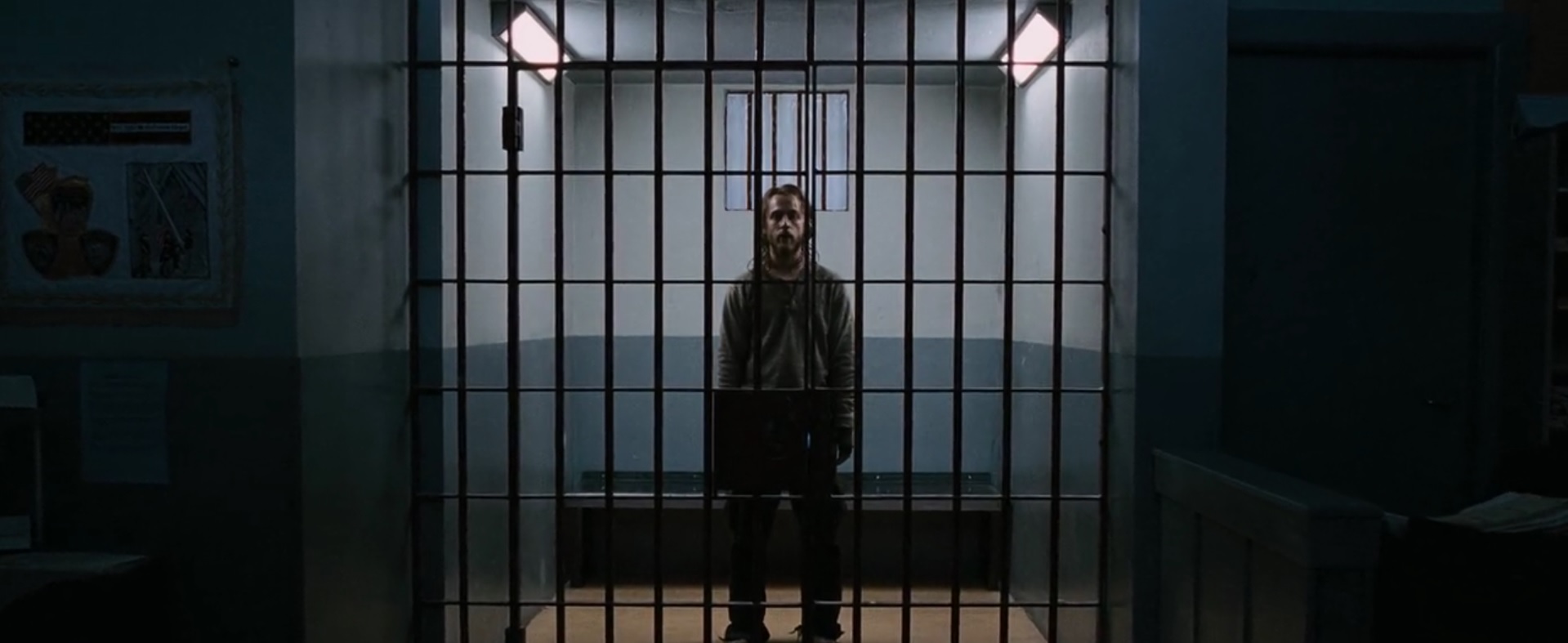
More Film Reviews
Devils (2023) Film Review – The Freakiest of Fridays
Devils is a 2023 South Korean crime thriller, written and directed by Kim Jae-Hoon in his first feature-length work. The film stars Jang Dong-yoon (Project Wolf Hunting), Jae-ho Jang (The…
Book of Monsters (2018) Film Review: A Gore-Soaked Indie Gem
I adore independent film, escaping the usual clichés that are all too common in Hollywood. Consequently, small, independent companies are a good way to experience a fresh take on film…
Unhuman (2022) Film Review – The Breakfast Club vs Zombies
A school trip to get back to nature for extra credit goes very wrong, very fast. A group of students gets in an accident after their bus hits someone, or…
Double Film Review: In the Cinemas, No One Can Hear You Miss Out on ‘LIFE’, ‘UNDERWATER’
The “Alien” movies are some of my favorite creature features to watch. The originalAlien has been so influential as a unique blend of sci-fi and horror that genre outings look to…
The Zodiac Killer (1971) Film Review – How to Catch A Killer
It is safe to say that most people are aware of the Zodiac Killer. Perhaps not his identity, but of the heinous murders committed in San Francisco during the late…
Phantom Of The Mall: Eric’s Revenge (1989) Film Review – Remastered Slasher For FrightFest
When I watch a horror movie from the 80’s, I inevitably have the thought of “how the hell did this movie get made?” Don’t get me wrong, there are some…

I am a 4th year Journalism student from the Polytechnic University of the Philipines and an aspiring Filmmaker. I fancy found footage, home invasions, and gore films. Randomly unearthing good films is my third favorite thing in life. The second and first are suspending disbelief and dozing off.
